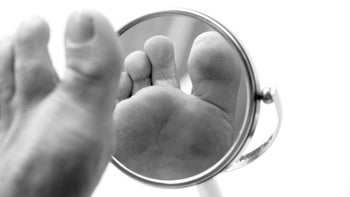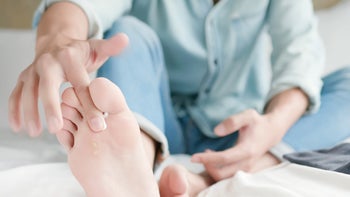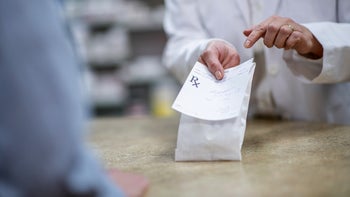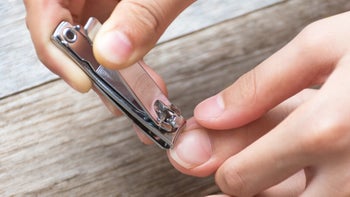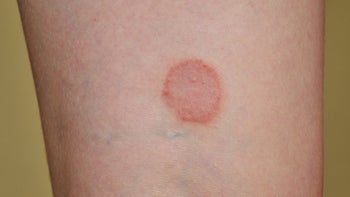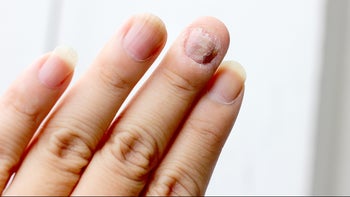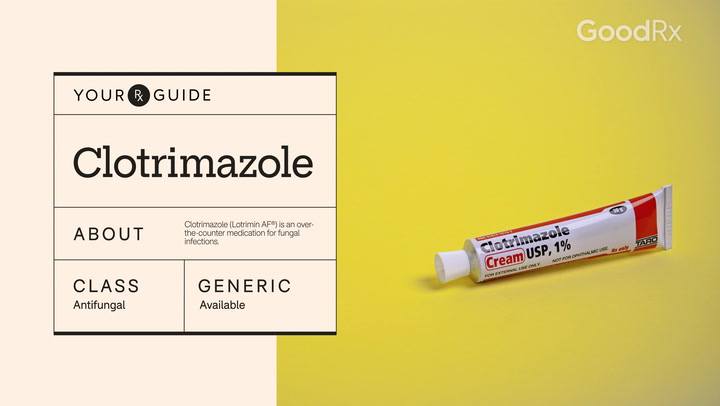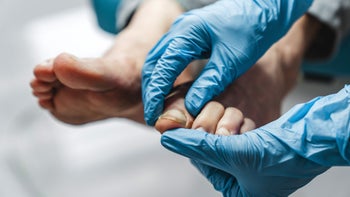
Why Is Oral Thrush So Common in Babies?
Key takeaways:
Oral thrush happens when a fungus called Candida grows in the mouth.
Babies and people with weakened immune systems get oral thrush most often.
Oral thrush can be treated with antifungal medications.
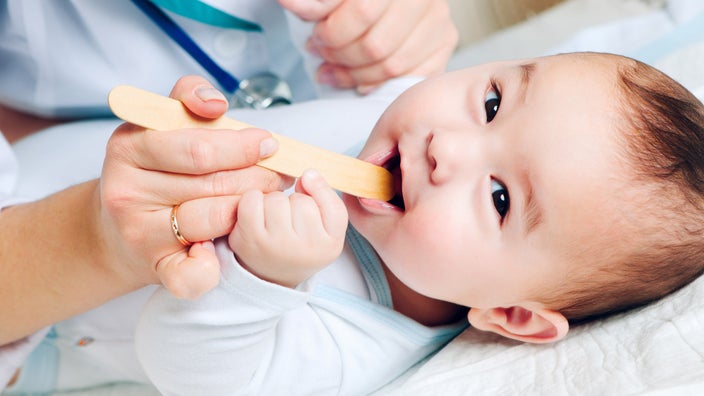
If you have a baby at home, you may be familiar with oral thrush — it’s those white spots that sometimes appear on your baby’s cheeks, lips, and tongue. Oral thrush happens frequently in babies, and while it’s easy to treat, it can be tricky to completely get rid of it.
Read on to learn more about oral thrush and what you can do to keep it from coming back.
What causes oral thrush?
Oral thrush is a fungal infection in the mouth caused by overgrowth of a fungus called Candida. Candida naturally lives in people’s mouths but doesn’t cause any harm because the immune system keeps it in check.
Prescription Savings Are Just the Beginning
See what other benefits you qualify for—from cashback cards to cheaper insurance.

If the immune system isn’t working properly, however, Candida takes advantage of the situation and grows. This fungal overgrowth is known as a yeast infection, oral candidiasis, and oral thrush.
Medical conditions that weaken the immune system and put people at risk for oral thrush include:
Cancer
Immunodeficiency syndromes
HIV/AIDS
Can medications cause oral thrush?
Some medications can put people at risk for developing thrush because they lower the immune system. These include:
Oral steroids
Chemotherapy
Radiation therapy
Taking antibiotics can also cause oral thrush. Antibiotics may kill the “good” bacteria that lives in the mouth, giving Candida a chance to take over.
What are the symptoms of oral thrush?
Thrush looks like raised yellow or white patches that can appear on the:
Tongue
Inside of the cheek
Lips
Gums
Back of the throat
Some people with thrush also have:
A feeling like there’s cotton in their mouth
Sore throat
Loss or change in taste
Cracked skin at the corners of the mouth
Pain with eating and/or swallowing
Is oral thrush in babies normal?
Babies aren’t born with a fully developed immune system — it actually takes several months for it to develop. Since their immune system isn’t fully developed, Candida can grow unchecked.
If your baby has thrush, it does not mean there is anything wrong with their immune system. Oral thrush is very common in babies.
What can happen if my baby has oral thrush?
Babies who have oral thrush may have trouble feeding. They might also develop a diaper rash. When babies eat, they swallow some of the Candida fungus, and it makes its way through the gut and out in your baby’s poop. It can then grow on the skin in your baby’s diaper area.
If you nurse, your baby can pass Candida to your nipples. This can cause nipple redness, cracking, pain, and bleeding.
How is oral thrush treated?
Oral thrush is treated with antifungal medications that kill Candida. These medications are available by prescription. Adults can take pills like clotrimazole or fluconazole or use nystatin liquid.
Babies must use liquid nystatin to treat their oral thrush. Nursing parents should use an antifungal cream on their nipples at the same time. This interrupts the spread of Candida back and forth during feeding. You do not need to stop nursing during treatment.
Babies who also have a diaper rash will need an antifungal cream to treat their diaper area, in addition to the liquid medication.
Candida can get on anything that goes in your baby’s mouth. If those things are not properly sterilized after use, your baby might not get better with nystatin or they might develop thrush again. So while your baby is getting treated for thrush, make sure you wash your hands often and sterilize these things after each use:
Bottles and nipples
Pacifiers
Any toys they put in their mouths
The oral syringe you use to give your baby nystatin
You can sterilize these items by putting them in a boiling pot of water for 5 minutes.
If you are nursing, make sure to wash your bra in hot water after each use or change your nursing pads after each feeding.
You should start to see the spots in your baby’s mouth get better after 2 to 3 days of nystatin. Call your healthcare provider if it’s not getting better or if the spots seem to be getting worse.
Will oral thrush go away on its own, and does it need treatment?
Not all babies need nystatin treatment. Thrush may go away on its own in a few days. If your baby has trouble feeding because of thrush, they might start to lose weight, which is a bigger issue. In these cases, it’s best to see your healthcare provider instead of waiting.
For adults, things are a bit more complicated. In some situations, Candida can pass from the mouth and into the bloodstream, causing a serious infection. Adults with oral thrush should talk to their healthcare providers and start treatment.
The bottom line
Oral thrush is caused by an overgrowth of a fungus. The most common reason people get oral thrush is because of a weakened immune system, which allows the fungus to grow. Babies don’t have a fully developed immune system at birth, so they can get oral thrush.
Fortunately, oral thrush is easily treated with antifungal medications.
Why trust our experts?


References
Centers for Disease Control and Prevention. (2020). How to clean, sanitize, and store infant feeding items.
Centers for Disease Control and Prevention. (2021). Candida infections of the mouth, throat, and esophagus.
MedlinePlus. (2022). Thrush in newborns.
Mount Sinai Health System. (n.d.). Thrush in newborns.
National Health Service. (2021). Breastfeeding and thrush.




